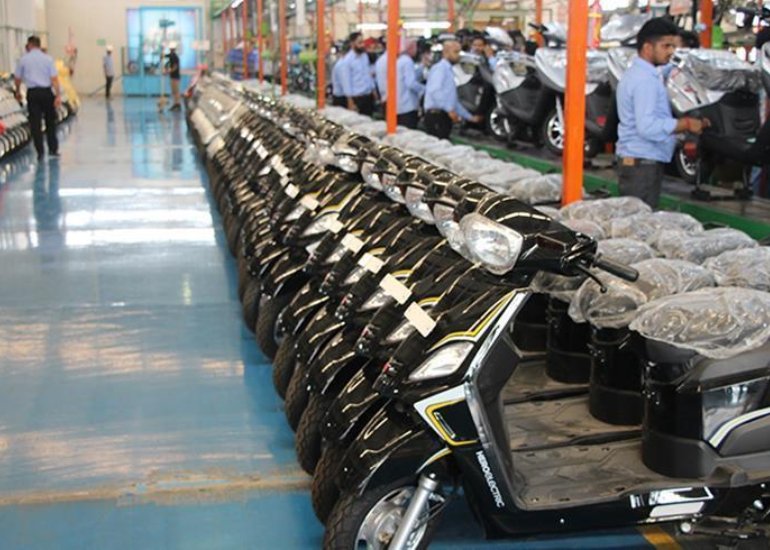The Ministry of Heavy Industries has unveiled a new scheme named Electric Mobility Promotion Scheme 2024 to continue subsidies for electric two and three-wheelers. The scheme comes with a total outlay of Rs 500 crore and is valid for four months from April 1 to July 31.
The new initiative provides incentives for electric two- and three-wheeler sales when the second phase of the Faster Adoption and Manufacturing of (Hybrid and) Electric Vehicle (FAME) scheme expires on March 31. FAME II was launched in 2019 with a budget of Rs 10,000 crore for three years, concluding in 2022, but was extended until March 2024.
FAME II’s budget was also increased by Rs 1,500 crore last month, and the government stated that the scheme’s incentives will apply to vehicles sold until March 31, or until funds are available, whichever comes first. The initiative has so far offered subsidies to around 1.47 million electric vehicles, including 1.30 million two-wheelers, 150,613 three-wheelers, and 18,794 four-wheelers.
The Ministry of Heavy Industries, said, “With greater emphasis on providing affordable and environment-friendly public transportation options for the masses, the scheme (new) will be applicable mainly to those e-2W and e-3Ws registered for commercial purposes. Further, in addition to commercial use, privately or corporate-owned registered e-2W will also be eligible under the scheme.”
The Electric Mobility Promotion Scheme targets to support 3.72 lakh electric vehicles, which includes 3.33 lakh two-wheelers and 38,828 three-wheelers. The targeted three-wheelers include 13,590 rickshaws and e-carts, and 25,238 electric three-wheelers in the L5 category.
Electric two-wheelers will get a subsidy of Rs 5,000 per kilowatt-hour (kWh) with a maximum limit of Rs 10,000 per vehicle under the new scheme, and the segment has of total outlay of Rs 333.39 crore.
Rickshaws and carts will get a subsidy of Rs 5,000 per kWh with a limit of Rs 25,000 per vehicle, and the segment’s total outlay is Rs 33.97 crore. The per-kWh subsidy for L5 electric three-wheelers is also set at Rs 5,000 but is capped at Rs 50,000 per vehicle with a total outlay of Rs 126.19 crore.
Subsidies have been instrumental in the early-stage adoption of electric vehicles in the country, particularly for two and three-wheelers. There was widespread uncertainty in the industry regarding the destiny of the incentives as the FAME II scheme is set to expire this month.
Original equipment makers, particularly the new-age ones, and industry bodies have been pushing the government for clarity and predictability on the subsidies tenure. The companies said their product development, production and sales plans depend on the clarity regarding the timeline of subsidies.
Heavy Industries Minister Mahendra Nath Pandey, said, “With the launch of this Rs 500-crore scheme, the Ministry of Heavy Industries once again reiterates its commitment to electric mobility and its continued support of electric vehicle space at all levels.”
The government noted that the Electric Mobility Promotion Scheme is a “fund-limited scheme.” The new scheme, however, has no mention of electric buses and four-wheelers. An extension of the coverage under the scheme or a launch of the third phase of FAME is likely when the newly formed government presents the full budget for the financial year 2025 in July.

